What makes a city good for jewelry? Here are some of my guesses: a strategic location paired with a rich tradition, meaning access to skilled suppliers and artisans. Good educational institutions and spaces for workshops where artisans can thrive. An entrepreneurial spirit within the community, where risk-taking is admired. A city with an affluent and expressive audience with the means to afford it. Lastly, a high quality of life creates an environment that inspires both creation and appreciation for jewelry.
Paris seems to have it all.
As I write this article, I have just finished a month and a half in the city, observing local life and jewelry firsthand. Settling into a routine allowed me to observe calmly, and completely reshape my previous assumptions. With spring in full bloom and the Olympics on the horizon, Paris might be calling you for a visit—so let me share a few entries from my journal.
Lèche-vitrine
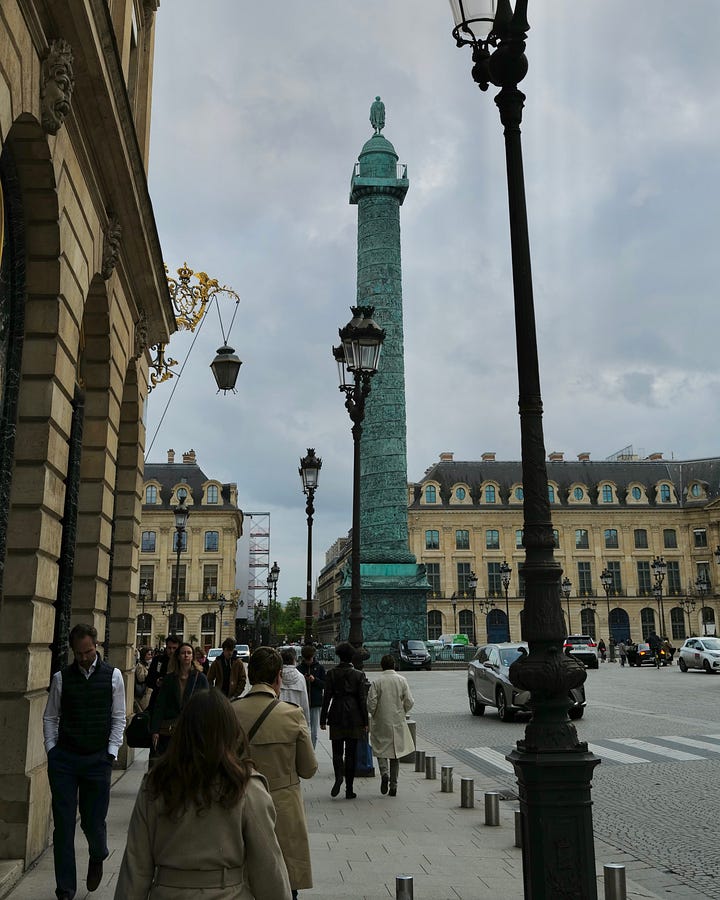
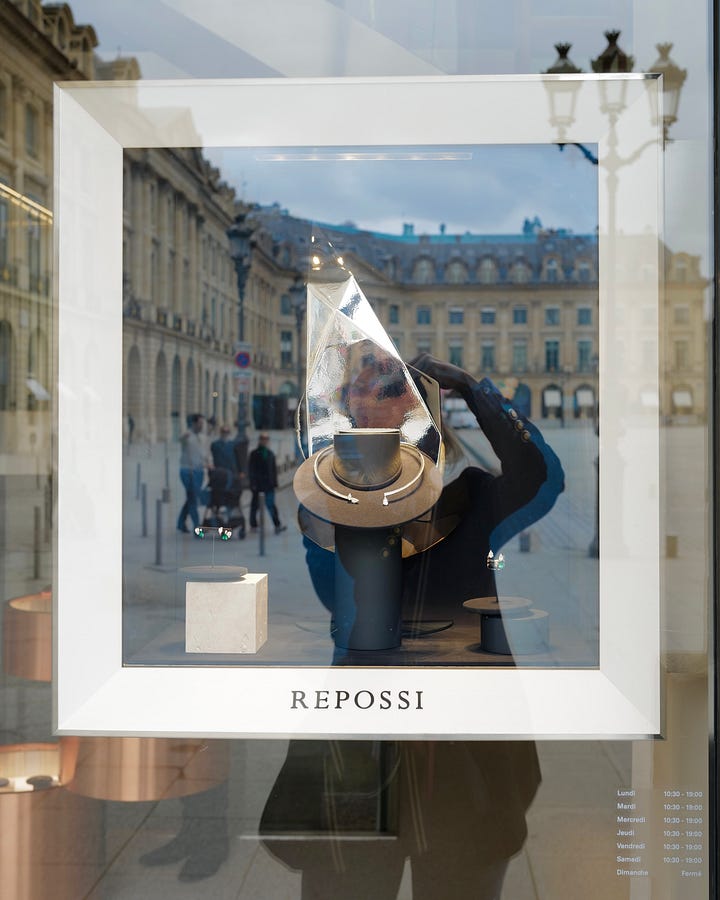
My previous notion of the city was substantially populated by the great houses of Place Vendôme and Rue de la Pax, the goldsmith workshops pushing the boundaries of high jewelry à la Suzanne Belperron and Jean Vendome, or contemporary geniuses like Emmanuel Tarpin. After all, Paris is the city where even outside brands like New York-based Ana Khouri produce some of their pieces.
These big names remain extremely relevant. Favorites such as Cartier, Van Cleef & Arpels, Boucheron, Repossi, Chaumet, and Mellerio dits Meller lead the industry. Additionally, the haute joaillerie collections from luxury and haute couture brands like Chanel, Dior, and Hermès are making significant waves, reflecting a growing investment in jewelry by these fashion powerhouses. Creations from these brands are among the recent best, showcasing their enduring appeal and innovative artistry.
For example, take the jewelry collection designed by Pierre Hardy for Hermès, known as Les Jeux de l’ombre, or The Shadow Games. It's a remarkable masterpiece collection, impeccably tied: from design to execution, concept, narrative, and documentation. The collection is an ode to the contrast created by extremes of light and shadow. Through the interplay of sparkle and color, he portrayed light in movement and made shadow tangible, expanding notions of what a jewel can be.
Even though these great creations are not as accessible to the public view, the brands' creative repertoire is translated into store displays. I learned that in France, they don't say window shopping, but lèche-vitrine or "window licking." It's practically a national sport, and the stores know well how to work with it.
Walking around the city, studying them, is probably the best activity I could recommend.
Aesthetics and Creativity
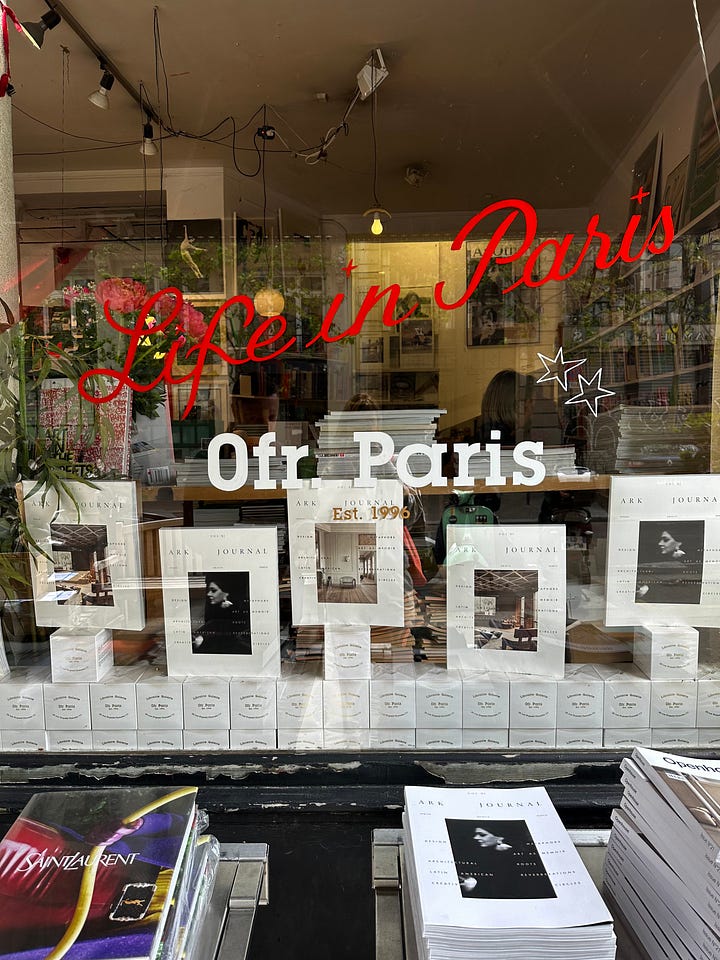
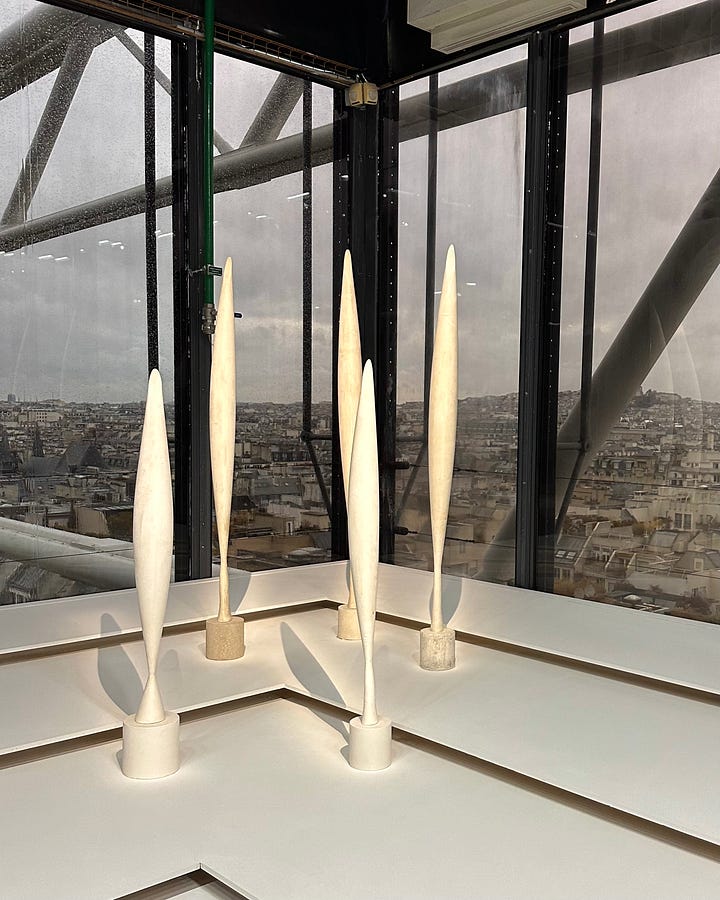
With such beautiful products, I idealized Paris as a potential capital of jewelry—as fertile as Leonardo da Vinci's Florence.
Let me explain: in the biography book "Leonardo da Vinci" by Walter Isaacson, Florence is described as a city of immense beauty and cultural richness. The city's elegantly dressed citizens, thriving art scene, intellectual vibrancy, avant-garde financial system and marketplaces provided a stimulating backdrop for his work. The city's architecture nurtured deep interaction between masters, with close ateliers and shared third spaces—a key factor for the Renaissance as a whole. Florence was not just a city to Leonardo; it was a living canvas and a source of endless inspiration.
Florence attracted people from all walks of life.
In my opinion, the greatest cities are composed of diversity and fragments of cultures from everywhere, minorities that can keep their identity while enriching them and contributing locally. The healthy aesthetic friction due to difference and contrast creates creative energy.
The aesthetic of Paris is so powerful and defined that when the new arrives, it seems to have to be digested before being absorbed and seen.
While there are so many incredible things happening in Olympus (aka Place Vendôme), the way things are happening at lower prices is far less interesting.
For people whose jewelry budget is less than a few hundred thousand euros (that is, almost everyone), options are shockingly few. This is the price cut that The Foyer covers. With a few exceptions, all the stores sell more or less the same things. It felt closed up, monolithic.
One of the most common types of jewelry design, which I won't attribute to specific brands, looks like simplified versions of pieces from so-called exotic cultures. These pieces often feature tropical themes, generic African-inspired bangles, and dangle earrings with twisted wires reflecting Indian influences. They appear to be designed with inspiration drawn from museum exhibits or vacation souvenirs.
It's pretty, but you'll find exactly what you'd expect, no surprises. Is it a good thing or a bad thing? Well, beauty without movement is just nostalgia. It lacks vitality and is comfortably mediocre.
Now, as for who these players are, there are four types of brands that offer more reasonable prices:
Small shops with plain yet handmade jewelry (mostly made from cheap materials)
Fast-fashion (Zara, Arket, Massimo Dutti...)
Stores that sell silver jewelry by the weight
A few independent brands and shops (will be covered in the next article, part two!)
What people are seen wearing on the street is a reflection of this. There are even some family heirlooms or vintage-looking rings or necklaces here and there, but the majority of jewelry seems to be low quality: materials not made to last, and more of the same designs.
The same applies to second-hand markets and stores. The curation seems to be geared towards students abroad, in which the experience of buying something unique in Paris is key, but often at unrealistically high prices, especially given the nature of the products.
Perhaps it is an expression of today's zeitgeist and its sense of instantaneous group belonging, much like Tabi shoes in fashion became a fashionista club card. Maybe the jewelry comes from Zara or even Vivienne Westwood, the point is about groups. The intriguing part is that small brands have adopted the same strategy.
This isn't about shaming but questioning the high expectations from Paris and its reputation. My frustration stems from seeing underused potential.
In simple English: I expected that all of Paris's centuries-old aesthetic rigor and accumulated wealth would be converted into fascinating jewelry in all its shapes and prices. What I found was that old money, stagnated in its old ways.
But maybe this could help
How can heritage be leveraged to propel innovation? First, give the same task to different people. Perhaps, new people. Creatives who use all the history and richness of the city as tools for creation, and who, through their eyes from other repertoires, can translate them into truly new jewels.
Secondly, facilitate connections between individuals from different specialties to each other. It would be incredible to see jewelry incorporating fabric, weaving, and embroidery techniques. Jewelry made by artists, sculptors, filmmakers, chefs, perfumers.
Sorry to keep returning to Italian references (there is no secondary intention in this other than they said interesting things), but—when the Italian-born, NYC longtime resident Gaetano Pesce was once asked about where he found the way to be a designer of so many things, he described that that is an italian thing. Da vinci made clothes, paintings, and weapons. Pesce made buildings, chairs, and jewelry.
If you dig enough you will always find creators in history who thrived on sharing and overlapping knowledge. Make it a Parisian thing, in the present and for the future.
Joiallerie and Bijoux
Now, one of the things I like most about here is the jewelry vocabulary. Especially when it comes to the difference between joaillerie and bijoux. In general, bijoux refers to a broader range of accessories, including costume jewelry, while joaillerie specifically denotes high-end jewelry crafted with precious metals and gemstones.
This brings clarity to the consumer, but also directly affects the designer. A wonderful way to define them also came from Pierre Hardy, the designer who worked with Hermès, mentioned above. In an interview with Vogue, he said: “Joaillerie by definition starts with the stone. We chose bijou because everything starts with shape and design. It can be something very simple in silver, or it can be something exceptional where we source the stones and cut them to fit. There’s a stylistic continuum there.”
Interesting way to elevate bijoux as a technical approach not linked to refinement or price tag.
L'École des Arts Joailliers
I had the pleasure of attending a course at L’École des Arts Joailliers, an institute from Van Cleef & Arpels. While I have previous training as a goldsmith, receiving guidance from masters of haute joaillerie was truly exceptional, especially in honing techniques directed for crafting one-of-a-kind pieces. Plus, being in Place Vendôme felt like a dream.
Final thoughts: Paris excels in high jewelry, but there's a significant gap for those who aren't extremely wealthy.
Thank you for bearing with me. Look out for the next edition, featuring a good list of favorite Parisian brands! Enjoy the rest of your week!
Warm regards,
Ísis


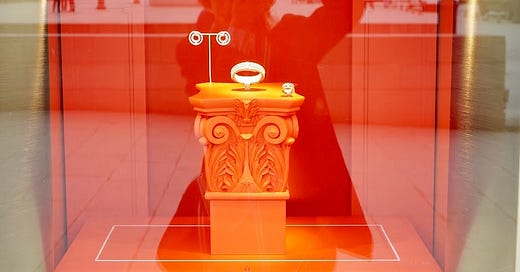


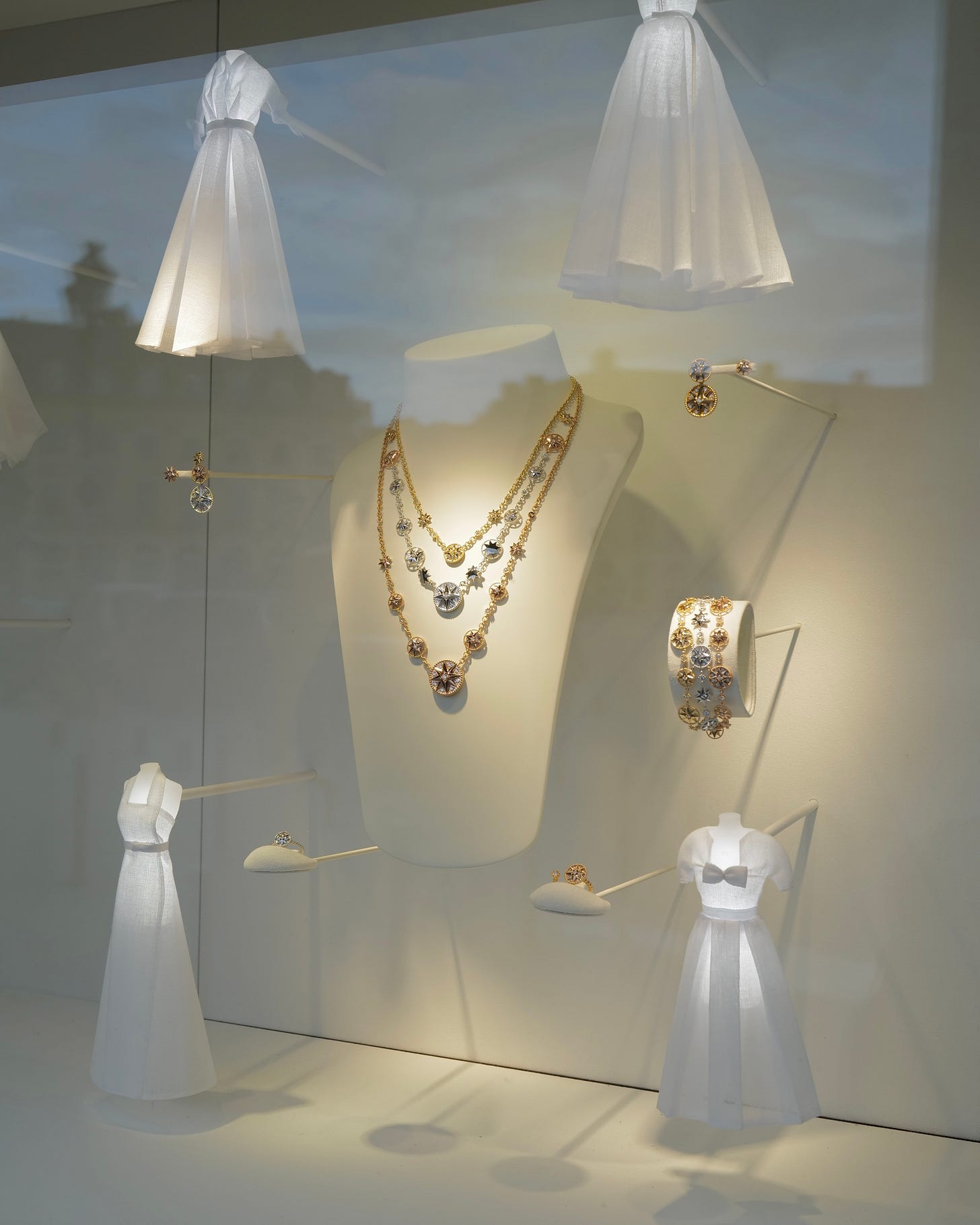
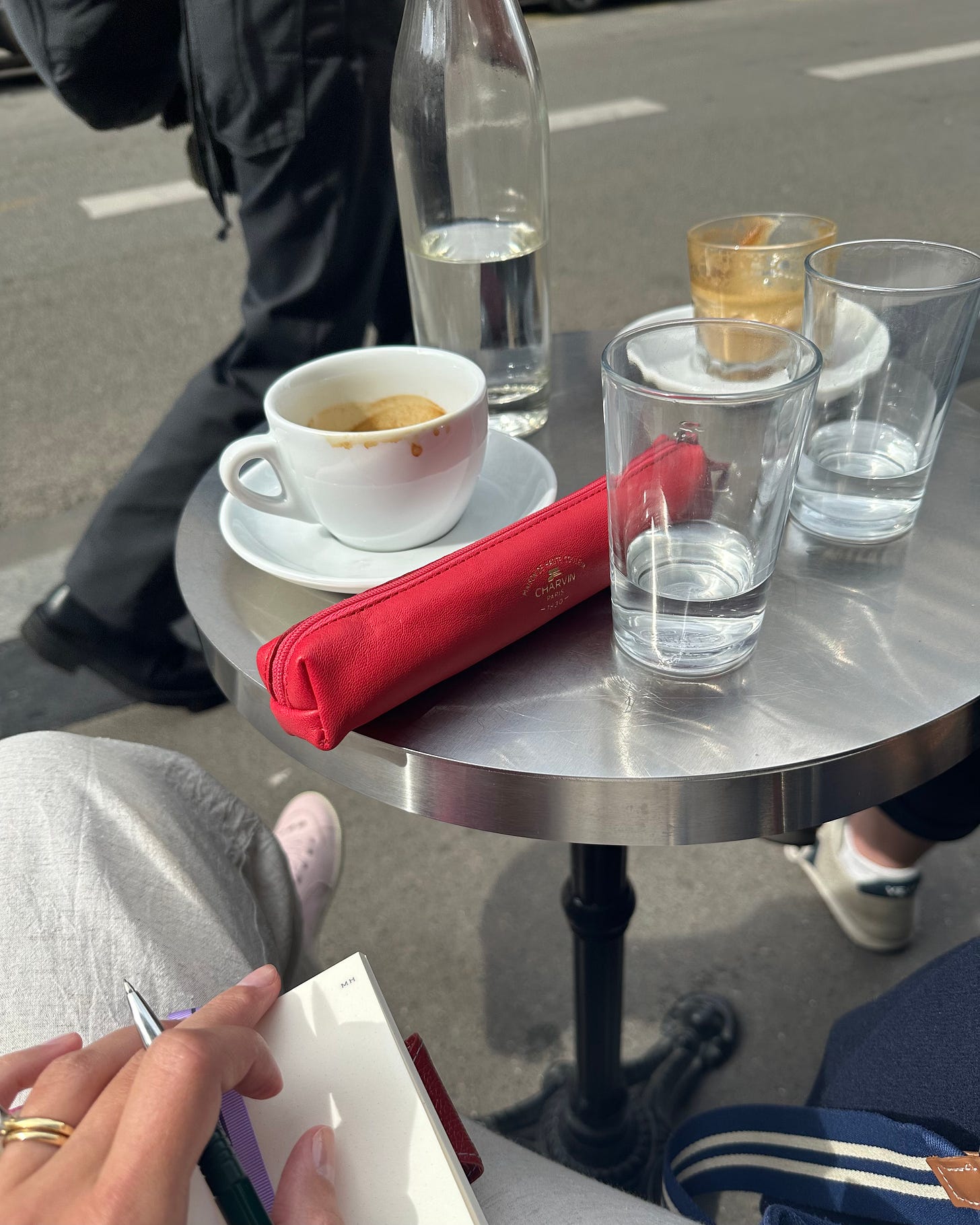
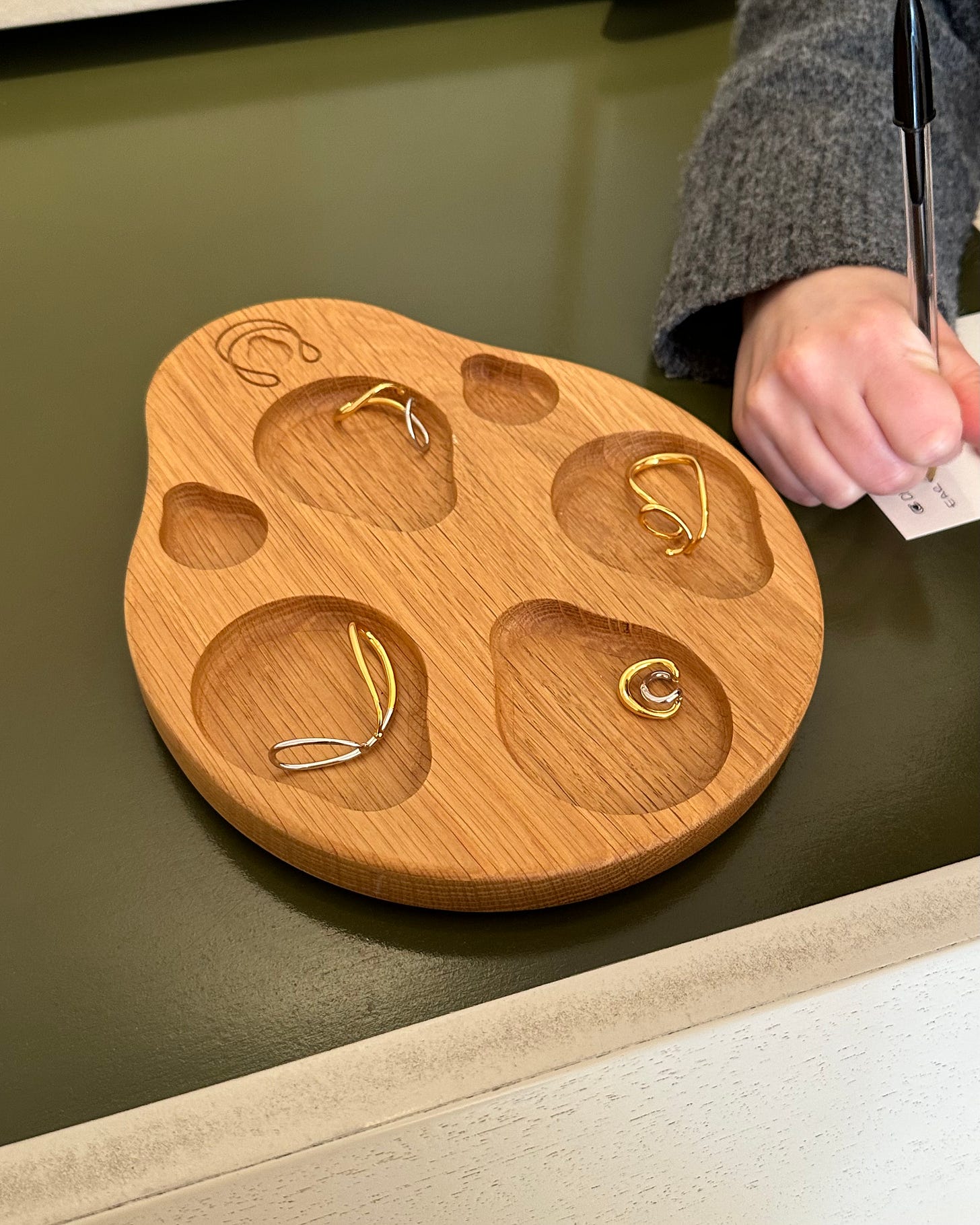

Love! Keep it coming please!
Loved this. Can’t wait for part 2 👏🏽👏🏽